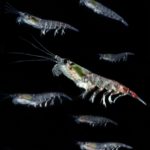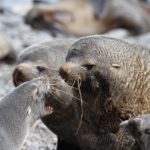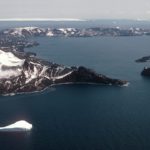Changing biogeochemistry of the Southern Ocean and its ecosystem implications
31 July, 2020 by David Barnes
The Southern Ocean plays a critical role in regulating global climate as a major sink for atmospheric carbon dioxide (CO2), and in global ocean biogeochemistry by supplying nutrients to the…Read more on Changing biogeochemistry of the Southern Ocean and its ecosystem implications

























































